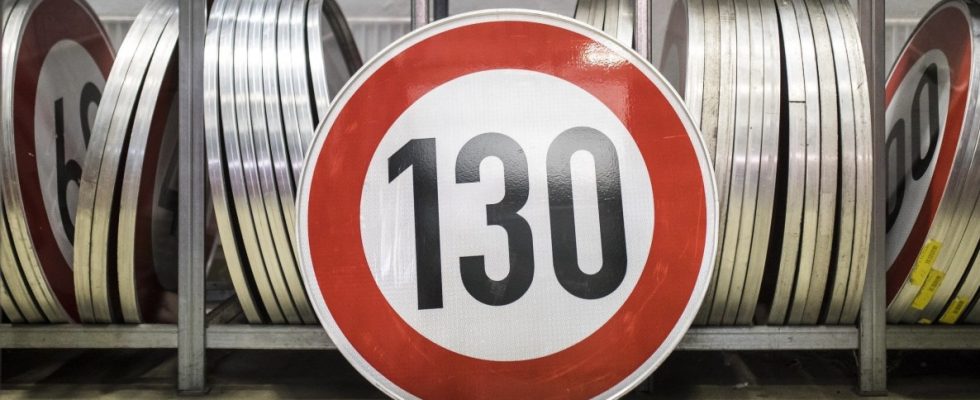When it comes to free beer, you should keep a cool head. As is well known, this does not always work in Bavarian beer tents. That’s why the Italian Minister of Transport, Matteo Salvini, is now turning to another intoxicant: free travel on well-developed trunk roads. It shouldn’t be quite as bad as on German autobahns, an increase from 130 to 150 kilometers per hour is planned on autobahn sections that have been expanded to three lanes. The law just catches up with what locals and tourists like to do anyway: drive a little too fast.
This is a good source of income: the fines for speeding in Italy are higher than in Germany and the processing fees are steep. Happy are those who return from a beach holiday without a ticket. However, during sector checks, for example on the motorway from Brennero to Lake Garda, flashes are not used, but measured discretely. The fine notice from the country where the lemons bloom can then arrive at home two to three months later.
The political symbolism of the softened speed limit is more serious. With such car excitement voters can be mobilized all over Europe. In the Czech Republic, the increase in the motorway speed limit from 130 to 150 km/h has already been decided. It is not so important that the change in the law only affects new or renovated sections of the motorway. With a total length of the network of 1250 kilometers, it could only be 50 kilometers. Nevertheless, the easing creates political momentum for the climate-skeptical conservative government in Prague.
What’s the future like? Automated driving does not work without speed limits
All of these are possibly just harbingers of a departure from climate policy in Brussels. The success of the Farmers’ Party in the Netherlands has also been accompanied by protests against the 100 km/h speed limit on motorways. As part of a larger climate protection package, the reduced pace makes only a modest contribution. The Federal Environment Agency has calculated for Germany: A speed limit of 120 km/h on motorways and 80 km/h on non-urban roads could reduce greenhouse gas emissions by well five percent to reduce. The political (stimulus) effect of a speed limit appears much higher.
All this has little to do with the state of the art. If you want to get further with an e-car, you drive slowly anyway. Beyond 130 kilometers per hour, the Stromer become energy guzzlers. Of course, the increasing air resistance also affects conventional cars, but they have a much larger energy reserve. Automated driving is likely to become even more crucial in the future. On US highways you can keep your hands off the wheel for a long time. Many new cars have a corresponding highway assistant, and traffic is curbed by speed limits.
Hands-free driving over longer distances is now also coming to Germany, BMW has just received approval for it. Without a speed limit, however, no assistant can change lanes, because speeders with 250 things cannot be detected in time. That’s why the same applies to speed limits: keep a cool head! The full-throttle times are coming to an end one way or another.

